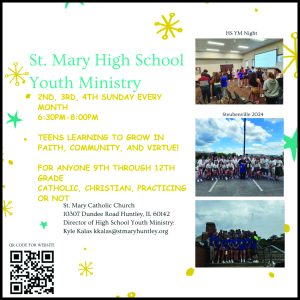Debating through the screen
October 15, 2020
Bradley Aney’s Current Issues class has different topics and units that adhere to its curriculum. However, the students are allowed to interpret current issues each day and apply them to what was learned. This year, rather than last year, students “had an opportunity to talk about more [current issues]” Aney said.
The students in Current Issues learned about Zoom etiquette the very first few days of the class. In order to make sure that all debates are appropriate, cameras would be on and hands would be raised. To Aney, it’s crucial that the students, “attack each other’s viewpoints, not each other.”
Ultimately, Aney wants his students to understand other viewpoints. He believes that it is crucial that students learn to research both sides of an issue unbiasedly, and conquer the other side with evidence.
“Now that you know different sides of the political spectrum and you know where you stand, you can appropriately use your voice so that you don’t become another person who’s just being biased and trying to persuade everyone to believe what you want to believe,” Aney said. “The end goal is to allow for people to understand both sides of an argument, and then talk about why their side is correct.”
Aney was able to add weekly presentations to the curriculum, where students create their own presentations that require an explanation of both political sides of an issue and unbiased facts about the topic. The pressure of having correct evidence pushes the presenters to thoroughly check their topics for any mistakes.
The Black Lives Matter movement has been the most controversial and thoughtfully talked about topic in Current Issues. There are students in Aney’s class with wide-ranging opinions, such as Blue Lives Matter and Black Lives Matter, causing plenty of debates.
“When I have Current Issues in class, you’d have the same two to three people speak, but in this atmosphere, it’s 10 to 15 people that are always speaking,” Aney said.
Remote learning allows for more participation, one on one time with the teacher, and the chat feature, allowing quiet students to partake as well. Online learning opens more opportunities that students would not typically have in class.
“My students love coming to class because their voices are heard,” Aney said.
In his Current Issues class, Aney believes it is crucial to challenge his students’ arguments by taking the other side. He wants his students to be able to understand other viewpoints and oppose them using facts.


